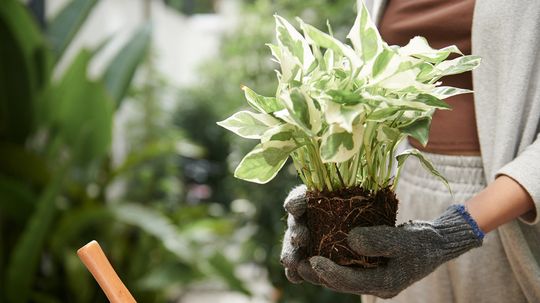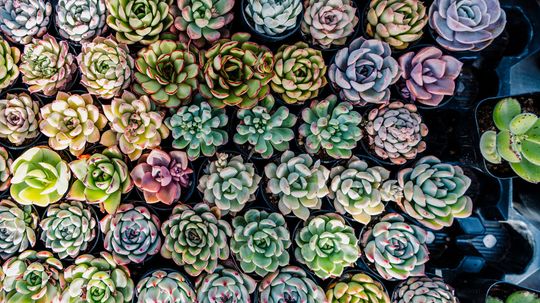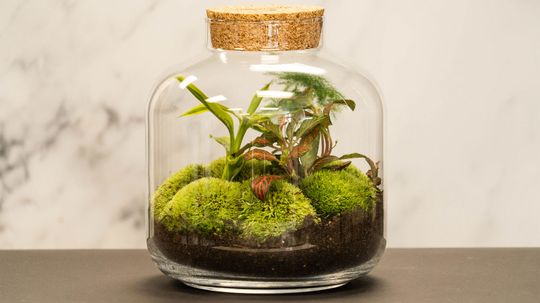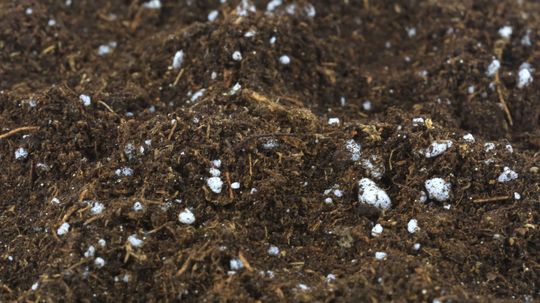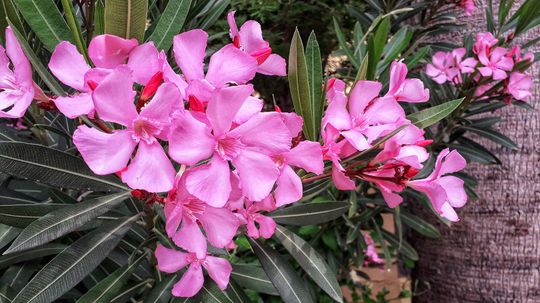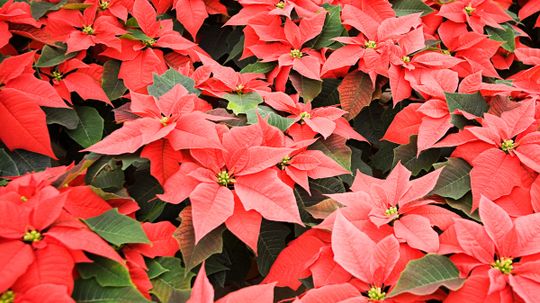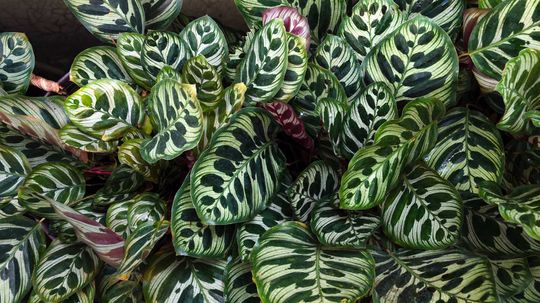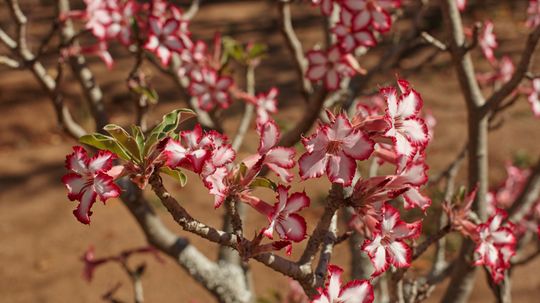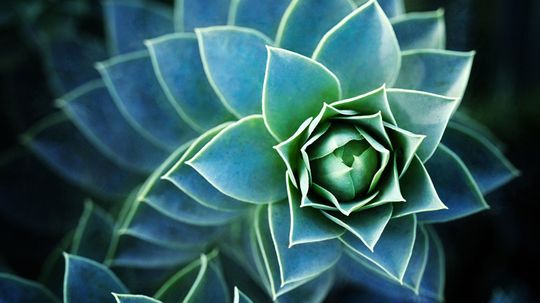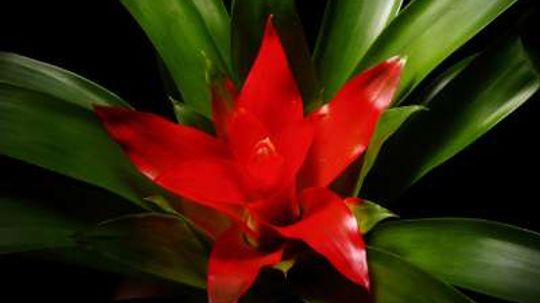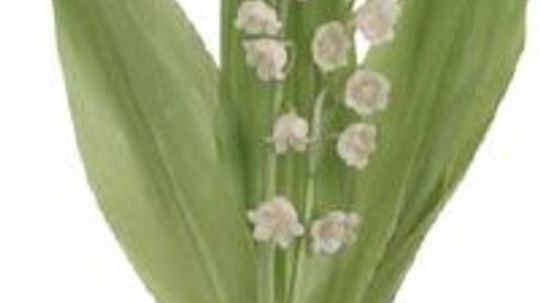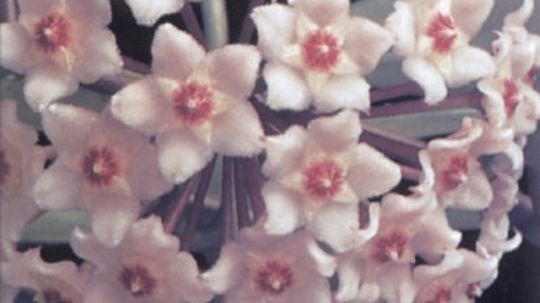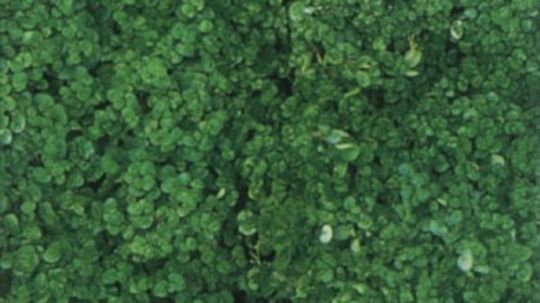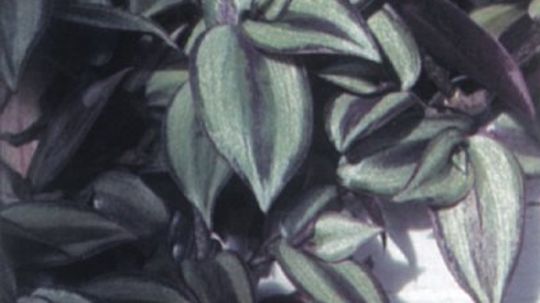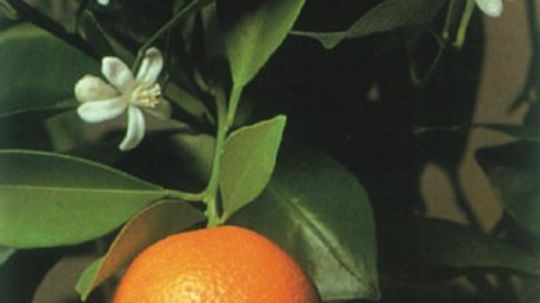House Plants
House plants bring the fresh beauty of the outdoors inside your home. Learn about different kinds of house plants and how to care for them.
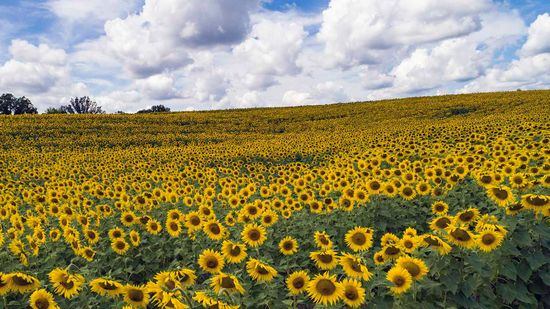
12 Sunflowers Facts for Beginner Gardeners
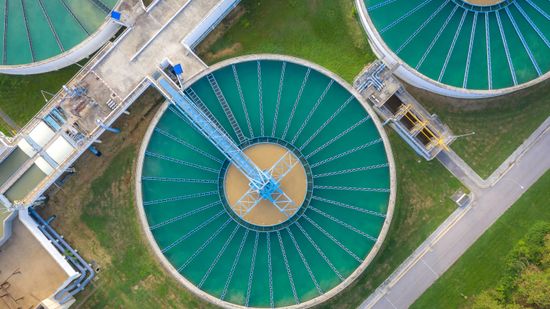
How can you recycle water for your outdoor garden?

5 Ways to Garden in Winter
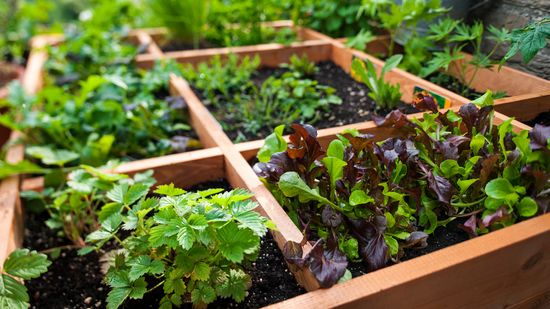
Square Foot Gardening: The Planting Method Created By an Engineer
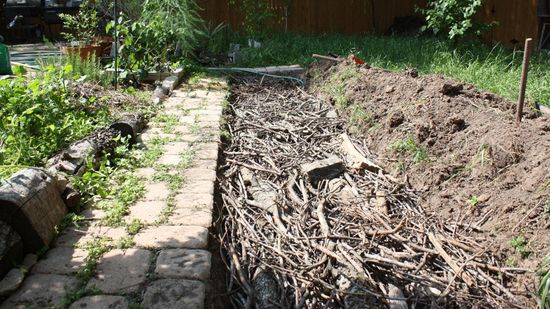
Hugelkultur Bed: Creating the Perfect Soil for Your Garden
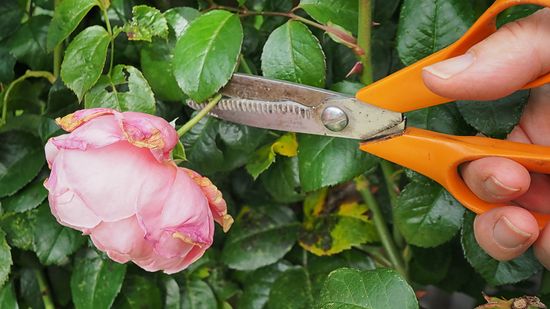
How Deadheading Helps Flowering Plants Flourish
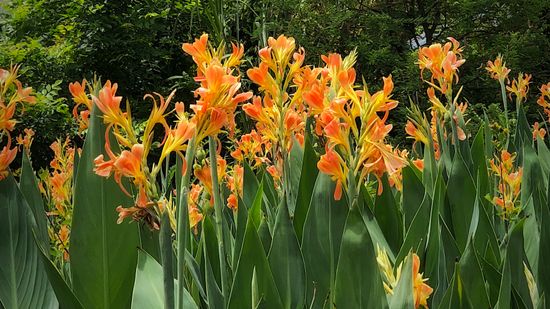
How to Store Canna Bulbs
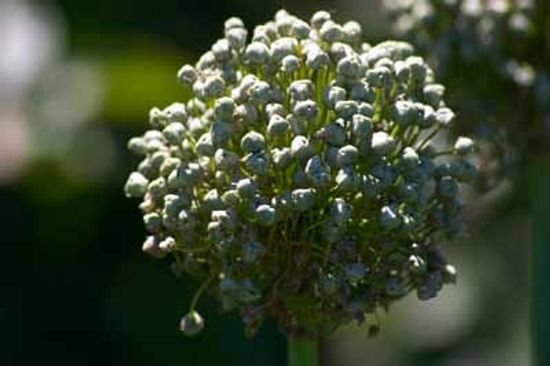
Flowering Onion
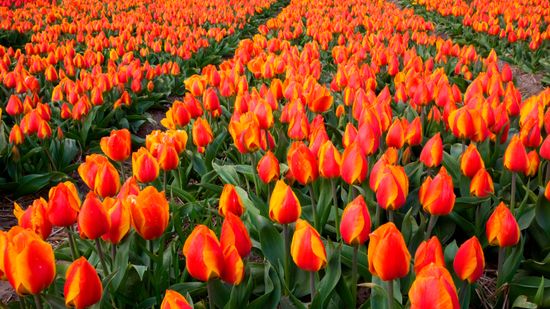
Tulip
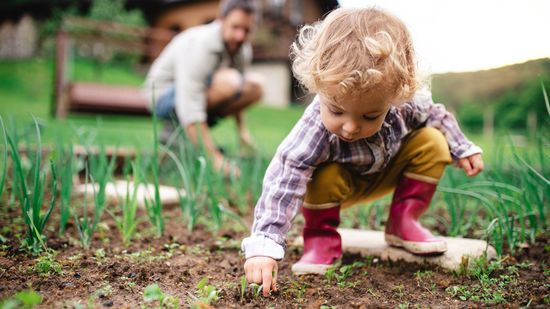
11 Easiest Vegetables to Grow Throughout the Year
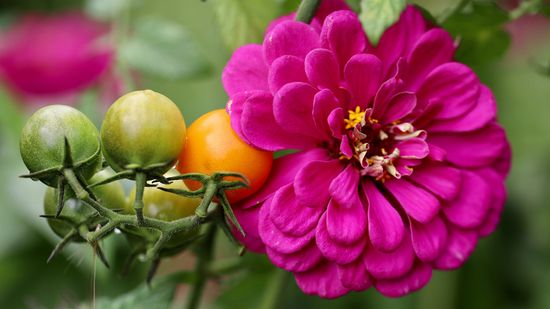
Companion Planting: The Do's and Don'ts of Growing Plants Together
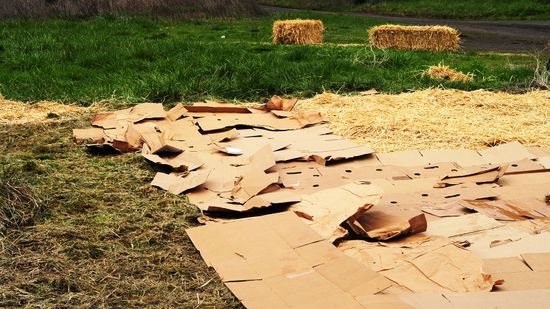
How 'Lasagna Gardening' Helps Create Healthy Soil
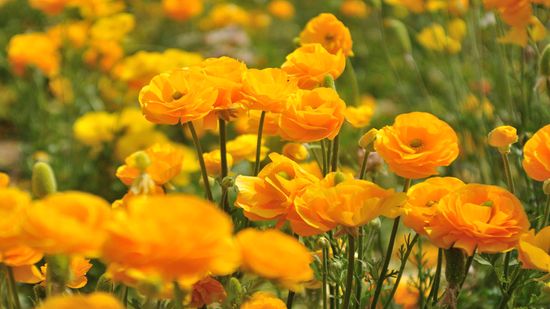
Ranunculus Is a Toxic Beauty With a Doozy of a Name
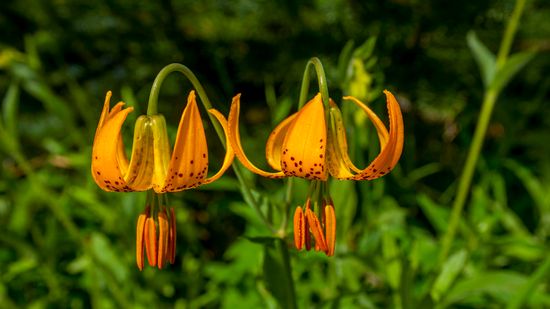
Tiger Lilies Are Easy-to-grow Garden Showstoppers
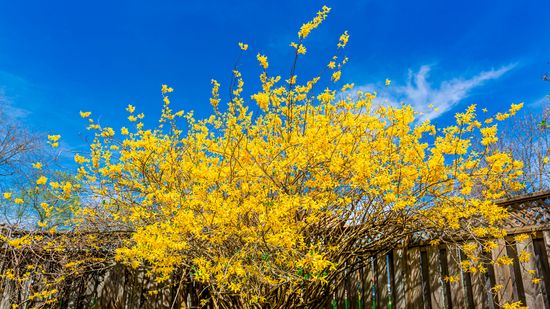
Caring for Forsythia, the Flaming Yellow Sign of Spring
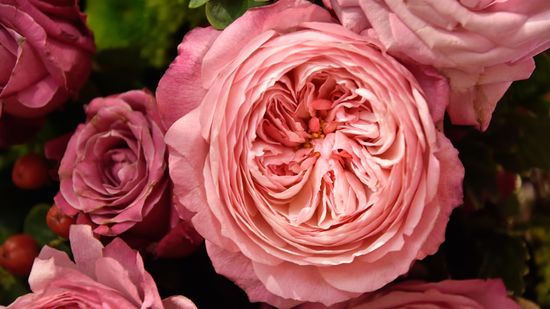
Most Expensive Flower (and 5 More Blooms That'll Break the Bank)

5 Easy Medicinal Herbs You Should Know and Grow
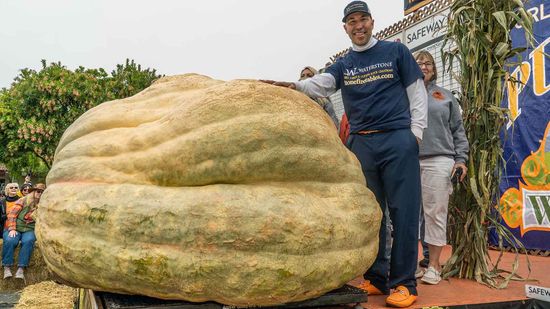
How Do You Grow a 2,000-pound Pumpkin?
Learn More
At first glance, the Christmas cactus vs. Thanksgiving cactus debate might seem trivial. But for houseplant lovers and holiday decorators, knowing the difference between these popular holiday cacti is key to enjoying their vibrant blooms during the festive season.
The untrained eye might fail a pothos vs. philodendron identification challenge. They're both climbing vines with heart-shaped leaves, both common in hanging pots, and both rock stars of the indoor plants world.
Looking to green up your space without a lot of fuss? These types of succulents thrive with minimal care and add a sculptural edge to any setting. Perfect for a succulent garden, indoor containers or even your desk.
Advertisement
David Latimer put a plant and some compost in a bottle in 1960. It's still alive and thriving over 60 years later. How does a closed ecosystem like this work?
Potting soil looks an awful lot like dirt, except there's likely no earth in the mix. So, what is it really made of? And is it better for potted plants than the stuff from the ground?
By Alia Hoyt
The money tree has long been a symbol of good fortune in Asia. But how did the plant get its name?
Those white beads you see in potting soil are made of a volcanic glass called perlite. And that's not the only place you'll see this versatile material. So how is it made and what is it used for?
Advertisement
Despite being pretty in pink, oleander is a highly poisonous plant. And now it's being touted as a cure for COVID-19. We'll break down the facts from fiction.
For decades we've been told having houseplants can improve our indoor air quality. But is this true? And do you need to live in a veritable jungle to get better air quality?
In Victorian times, only a few plants could stand up to the fumes from coal fires and gas lamps. Now, we have a wide variety of plants to choose from.
By Alia Hoyt
How many poinsettias have languished on high shelves so children and pets can't munch on their dangerous leaves? It may all have been for naught. The poinsettia's poisonous rep is a bit unfair.
Advertisement
You bought a calathea plant, and now have to learn how to care for it. Learn about how to care for a calathea plant in this article.
You bought some bamboo plants to decorate your home, and now realize that you don't know how to care for them. Learn about how to care for bamboo plants this article.
The desert rose plant requires moist, well-drained soil, full sunlight and warm temperatures in order to grow.
Succulents manage to live with a lot less water than some of their thirstier counterparts. That doesn't mean you can just neglect them and expect them to thrive though.
Advertisement
Bromeliads are plants that grow from the southern United States through Argentina. They can vary greatly in size, shape, color, and ease of growth. Learn about their characteristics and how to properly light, water, pot, and fertilize these plants.
Bromeliads are perennial plants that have one seed leaf. Bromeliads commonly grow in the American tropics, and a majority of the species are found in Brazil. These tough, long-lived plants grow well indoors, too. Learn more about types of Bromeliads.
Cacti and succulent plants come in a variety of types, sizes, shapes, and colors. Some species of cacti produce leaves, while others are known for producing flowers. They can tolerate a wide variety of climates. Learn about cacti and how to care for these plants.
Cacti and succulents, tolerant and low maintenance plants, are ideal for busy people and indoor spaces. Cacti come in many varieties, and can survive in any number of light and moisture conditions. Learn about caring for these resilient plants.
Advertisement
Lily of the valley (Convallaria majalis) originally came from Europe. The fragrant, white flowers hang like small bells on their five to eight-inch stems. Read more about when to buy, how to care for, and how to arrange these beautiful flowers.
Hoya, also known as wax plant and porcelain flower has fragrant starlike flowers borne in thick clusters. It is very easy to care for but may take a few years to bloom well. Read more.
House plants can fill your home with the color and beauty of the outside. This extensive article covers all aspects of house plant care, including lighting, watering, temperature, fertilizing and preventing diseases and pests.
Baby tears plant looks good draping out of its container but can also maintain a moundlike shape with pinching. It does well in humid climes but prefers well-circulated air. Learn why to use it in a terrarium.
Advertisement
Wandering Jew plant is related to spiderwort, obvious with its stems that trail and pointy leaves. Leaves, striped on top, have burgundy bottoms. Learn how to keep them looking their best.
The calamondin orange tree is an indoor or outdoor dwarf tree. Beyond its ornamental value, the tree produces bitter fruit that is nevertheless a culinary hit. Learn how to care for this citrus plant and reap the health benefits!

